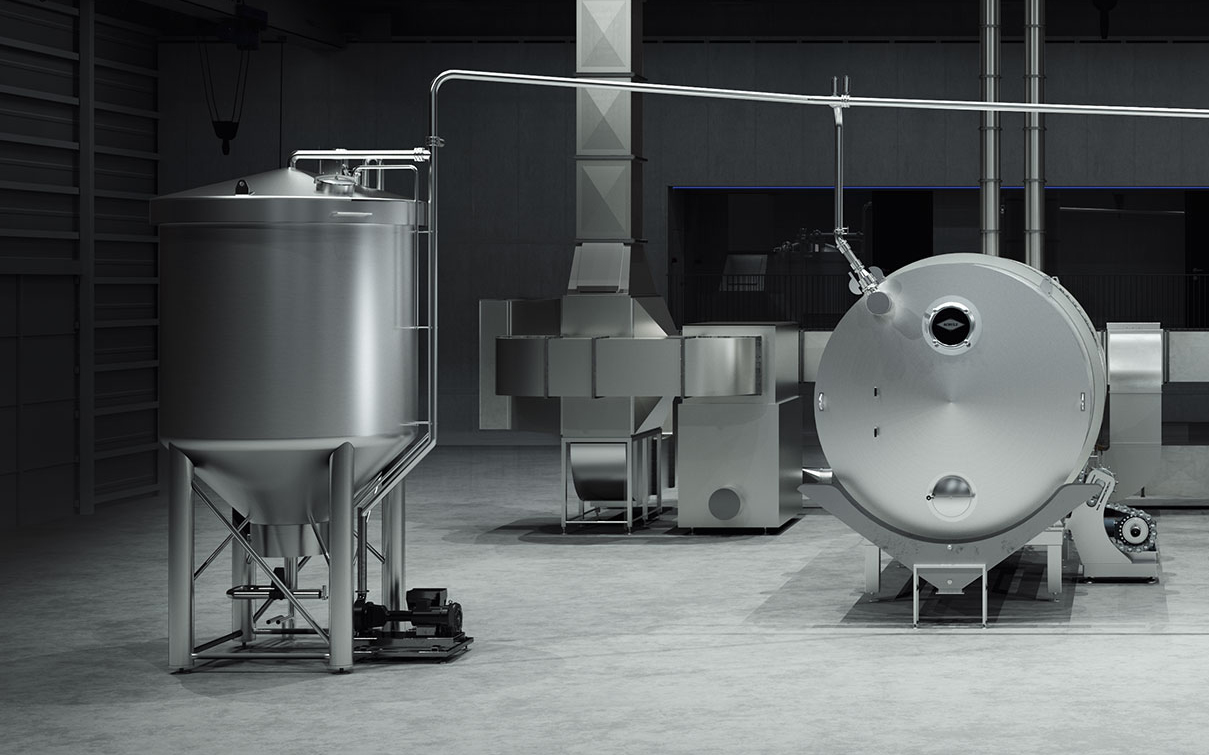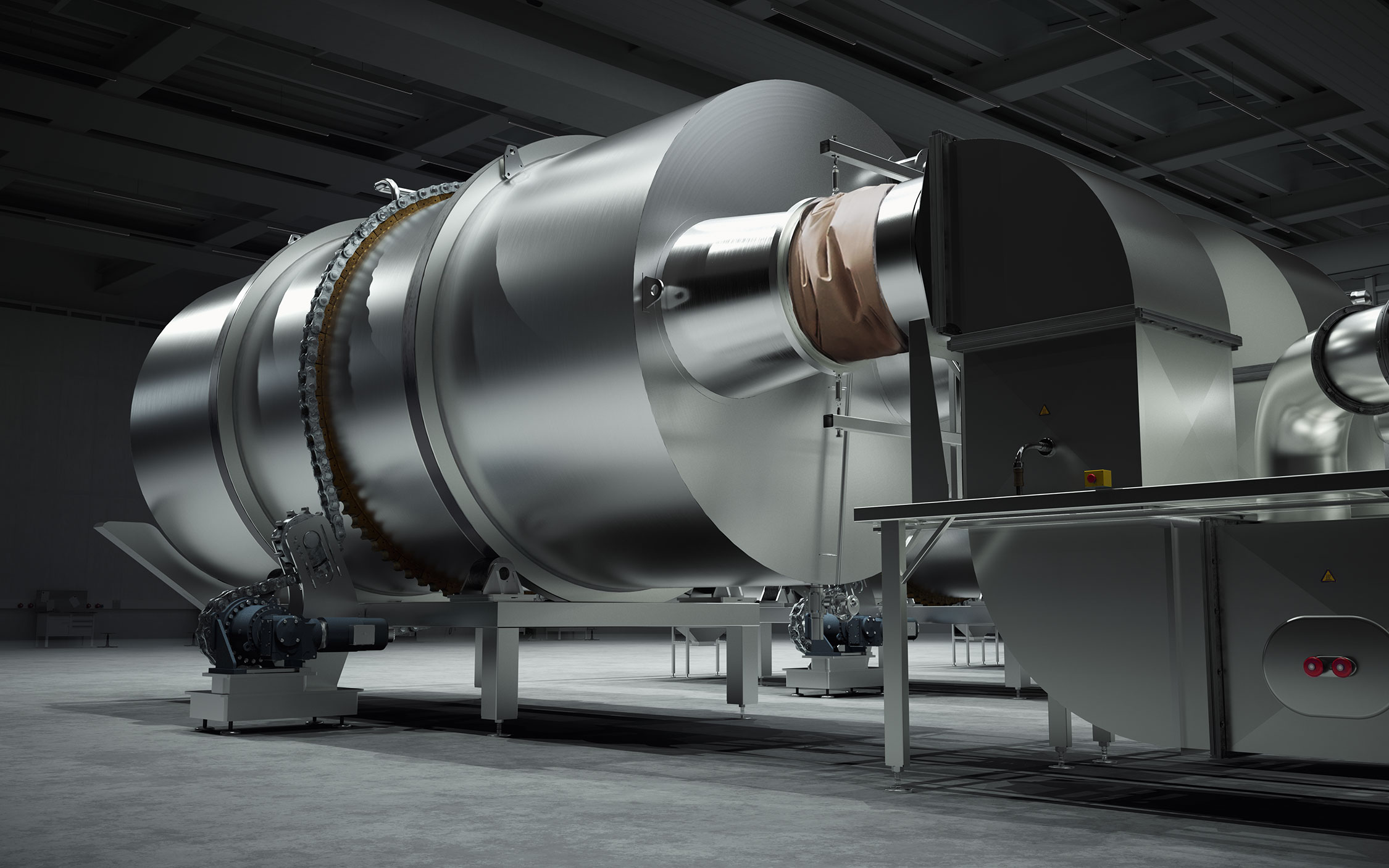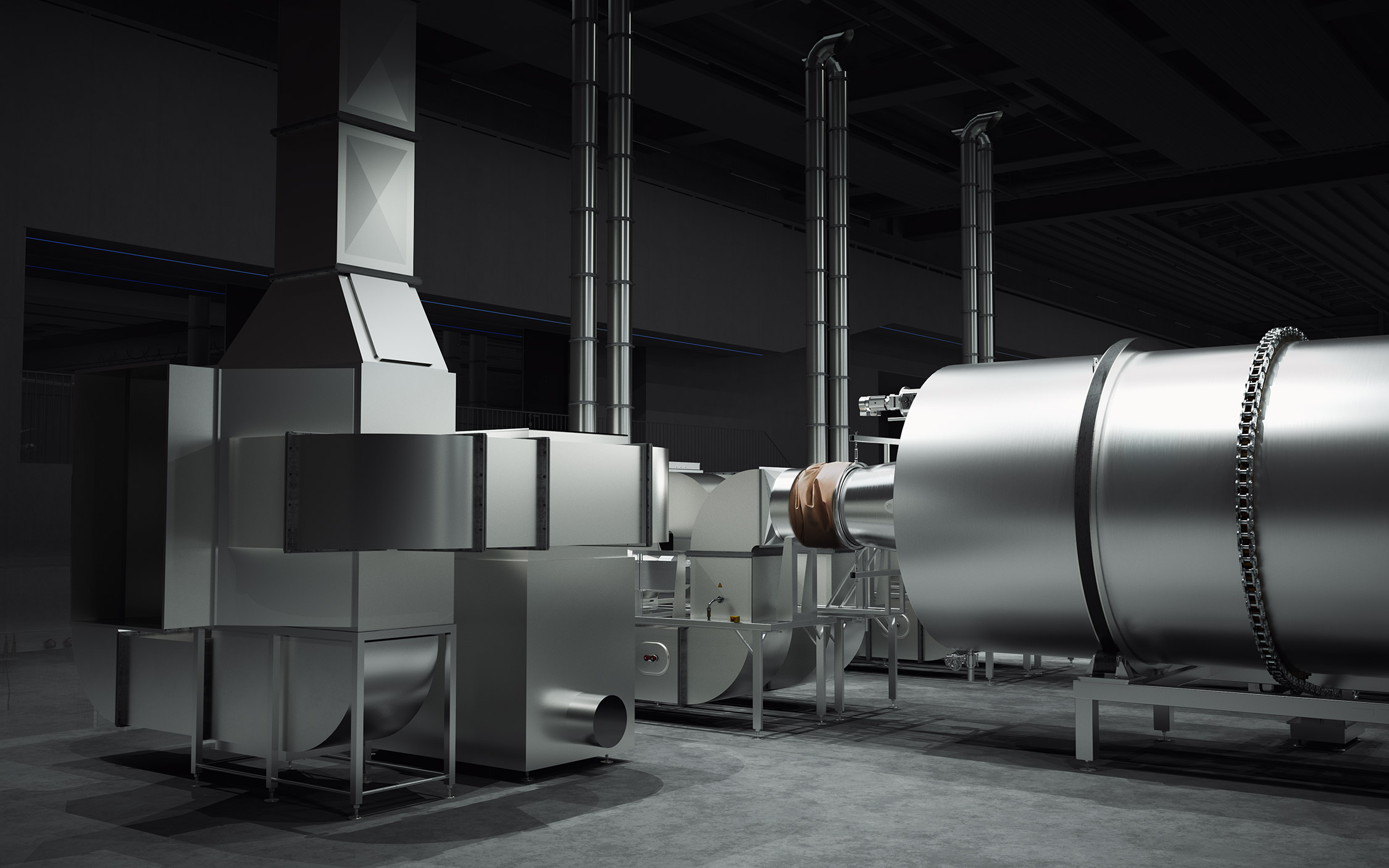Malting Process & Technology
What is Malt?
Malt is often referred to as "the soul of beer" and dates back over 4,000 years. Malt is one of four essential ingredients used in producing craft beer. It is malt that provides color, aroma, flavor, and body to every ale and lager, and can set each beer apart. Although a variety of grains have been used for brewing, barley is the preferred grain for beer. Barley itself can’t be fermented into alcohol, and so it is converted to malted barley, or malt, in a process called malting.
Selecting our Grain
To provide brewers with the best locally crafted malt, we start with our network of regional and European farms to select the highest quality malting grains. We work with farmers committed to growing premium 2-row barley and other malting grains to ensure that we have a consistent and high-quality ingredient for our local craft malts.
How is Malt Made?
The process of malting involves three main steps. The first is soaking the barley - also known as steeping - to awaken the dormant grain. Next, the grain is allowed to germinate and sprout. Finally, heating or kilning the barley produces its final color and flavor.
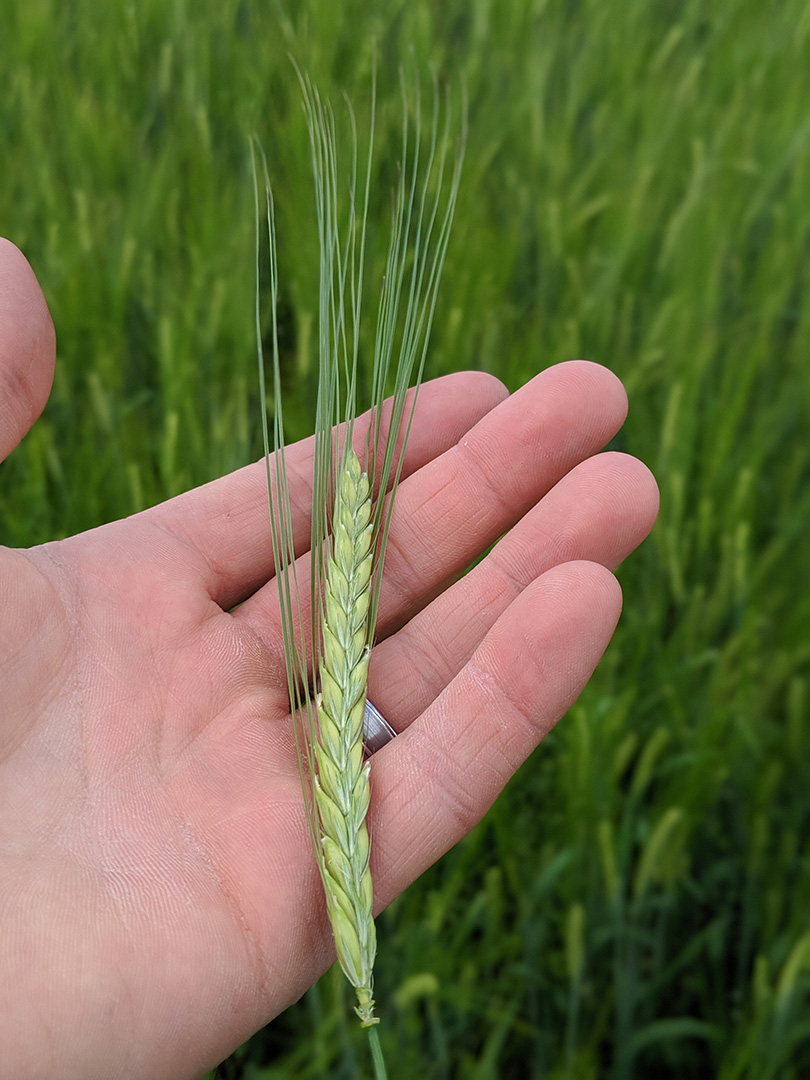
Step 1: Steeping
The first and very critical step in creating quality malt is steeping. This is when the grain kernel is cleaned and brought to life with water and oxygen. This is done by immersing or “steeping” the grain in water, followed by an air rest period that allows the water content of the grain to increase. The absorbed water activates naturally existing enzymes and stimulates the grain to develop new enzymes. The water temperature and aeration are vital for producing high-quality malt. The steeping process can vary with grain type and size but typically occurs over a period of 24-48 hours. The steeping is complete when the barley has reached a sufficient moisture level to allow a uniform breakdown of starches and proteins.
Step 2: Germinating
The second step is to continue the germination process that started in steeping. Here, growth and modification of the grain occurs. From the outside of the grain, rootlets emerge from the kernel, and within the outer husk a shoot - or acrospire - grows. Modification is the breakdown of protein and carbohydrates and results in the opening up of the seeds’ starch reserves. This process typically takes 4-6 days and results in what is called “Green Malt.” To achieve a high quality and consistent germination process, our maltster controls temperature and moisture levels with regulated airflow and uniform water spray. To avoid grain clumping, non-uniform heating, and varying rates of germination, the grains are separated with periodic rotation. Even with modern equipment and this structured approach, the degree of modification is still gauged by our craft malster with his eyes, his sense of smell, and with his hands. Malting truly is part art and part science.
Step 3: Kilning
The third and final step in the malting process is kilning. Convection heat treatment dries the green malt to prevent further germination. If germination continued, the kernel would keep growing and all of the starch reserves needed by the brewer would be used by the growing plant. For most malts, moisture is initially removed from the germinated grain - this is called Withering. Additional drying further reduces the moisture content and prepares the malt for flavor and color development. Other important results achieved during the kilning process include enzymatic activity and friability. It is the controlled variations in this step that produces the wide range of malt colors and flavors used by brewers in crafting their unique and distinctive ales and lagers.
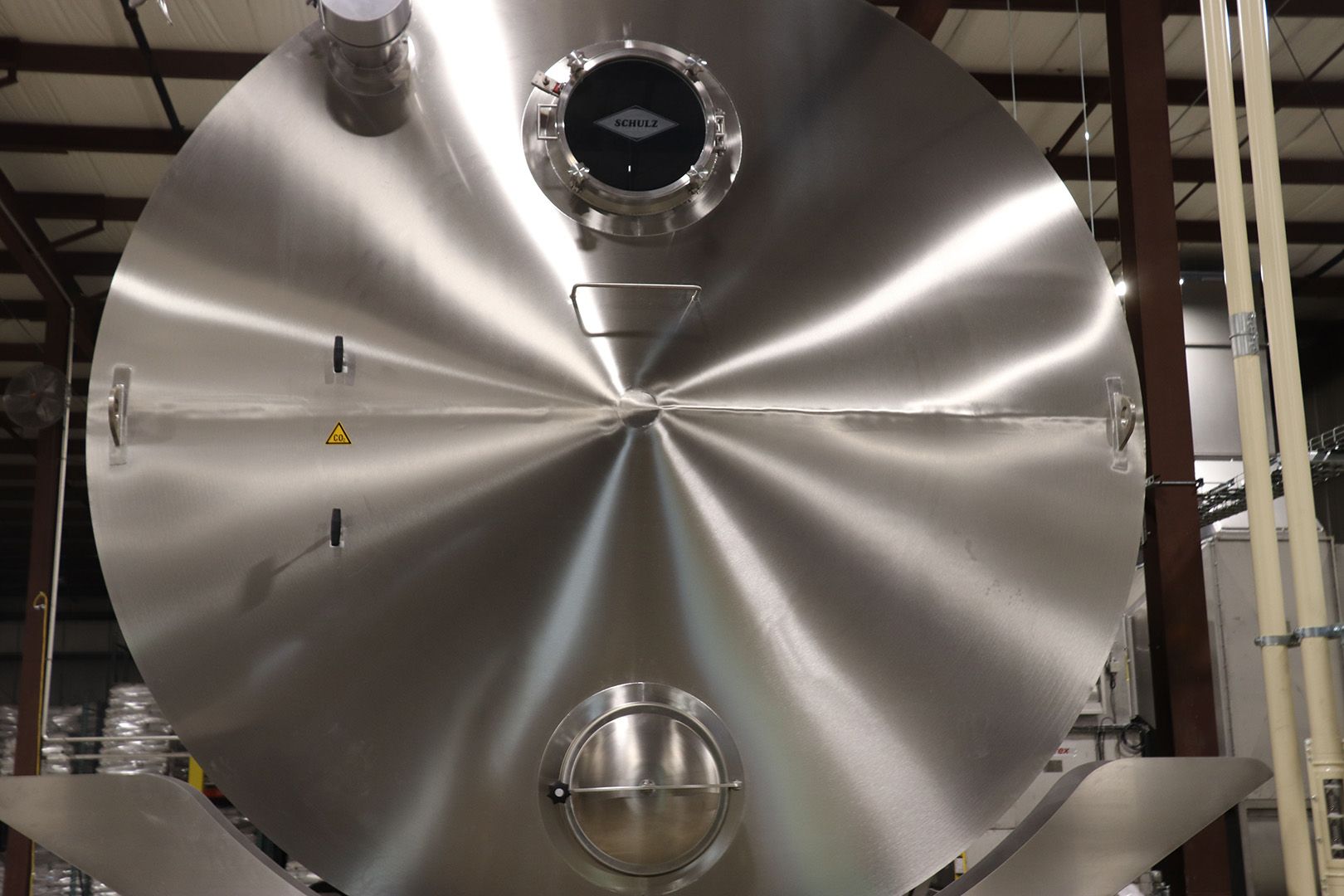
Once the malting process is complete, the malt is transported to a silo where it is stored for cleaning. The cleaning process removes unwanted rootlets, husk, and dust from the malted barley. The cleaned malt is stored in a silo and later bagged for packaging and shipment to our brewing customers.
We Malt, You Brew, We Serve
At Stone Path Malt our goal is to help our customers create better beer. Our U.S. & European-trained maltster collaborates one-on-one to create and supply premium quality craft malt that enables the creativity of craft brewers. Our customers then craft distinctive and unique beers that we feature in our taproom. Learn more about how our customers become our suppliers.
SCHULZ Craft Malting System
Years of intensive research and development result in the perfect technological solution for craft malts. Kaspar Schulz is the world’s oldest brewery manufacturer, creating the foundations for great beer since 1677. In its tenth generation as a family-owned and operated business, located in Bamberg - at the heart of German beer culture, has special significance. Integrating “Tradition and Technology” is what they do and have always done. In fact, the company has been designing and delivering complete malting systems since 1879.
Its latest system, the SCHULZ Craft Malting System is simple and ingenious, resulting in quality and consistent craft malts. By eliminating additional rotating devices - which can squeeze or injure the grain - a uniform, gentle mixing of the grains is guaranteed. A uniform distribution of the grain in each step of the process ensures an even development of the product, and thus the highest product quality. All of the equipment in the Kaspar Schulz Malting System consists of food-grade stainless steel to ensure the highest food-grade cleanliness and to prevent corrosion. Stone Path Malt is one of fewer than ten locations in the world using this innovative system.
Learn about the Kaspar Schulz brewing and malting system history and view the development concepts behind our production scale malting system.
Cylindroconical Tank
The external conical steeping vessel enables an agitation process that is easy on the grain and provides excellent ventilation, allowing the grain to breathe. Any residue and floating barley can easily be removed. Finally, the entire system allows for easy cleaning after steeping.
Germination-Kilning Combo Drum
The SCHULZ Craft Malting System’s germination-kilning combo drum is a rotating cylinder unit in which both the germination and kilning phases are carried out. The ability to both germinate and kiln in a single drum not only makes the production process much more efficient, it also brings about extraordinary advantages in terms of malt quality. The intelligent control technology enables a smooth and even spread of the germinated grain, guaranteeing consistent batches of malt.

